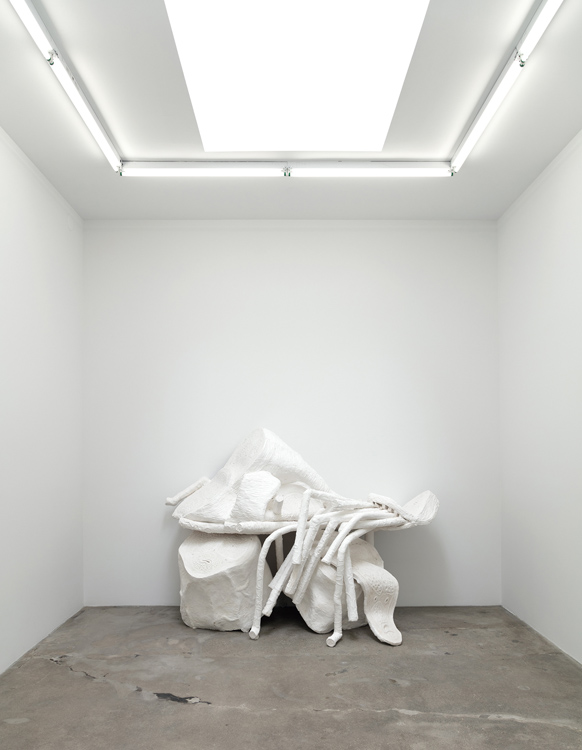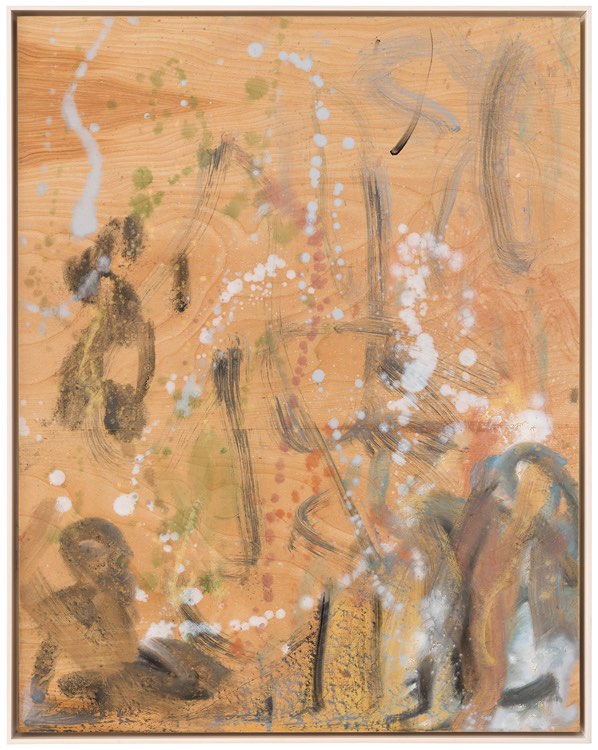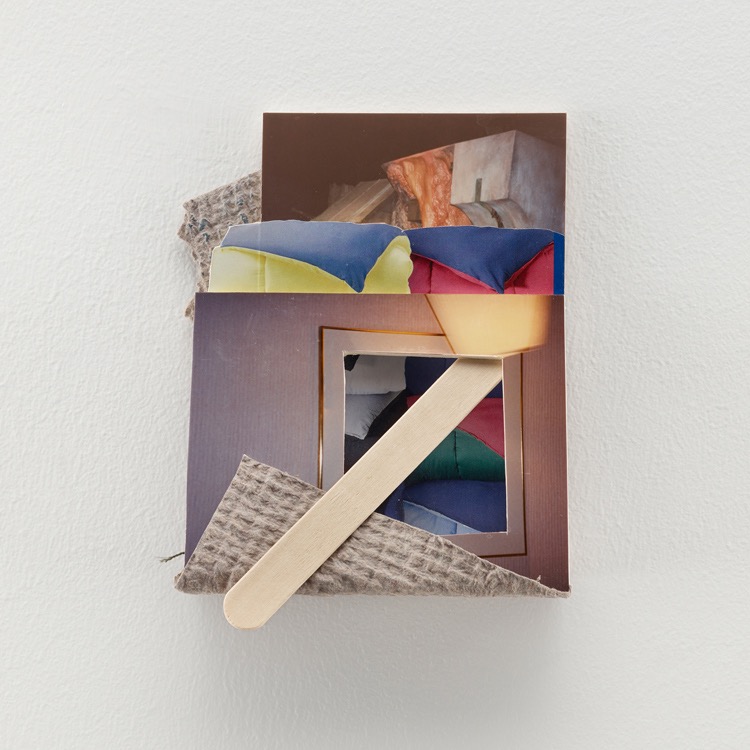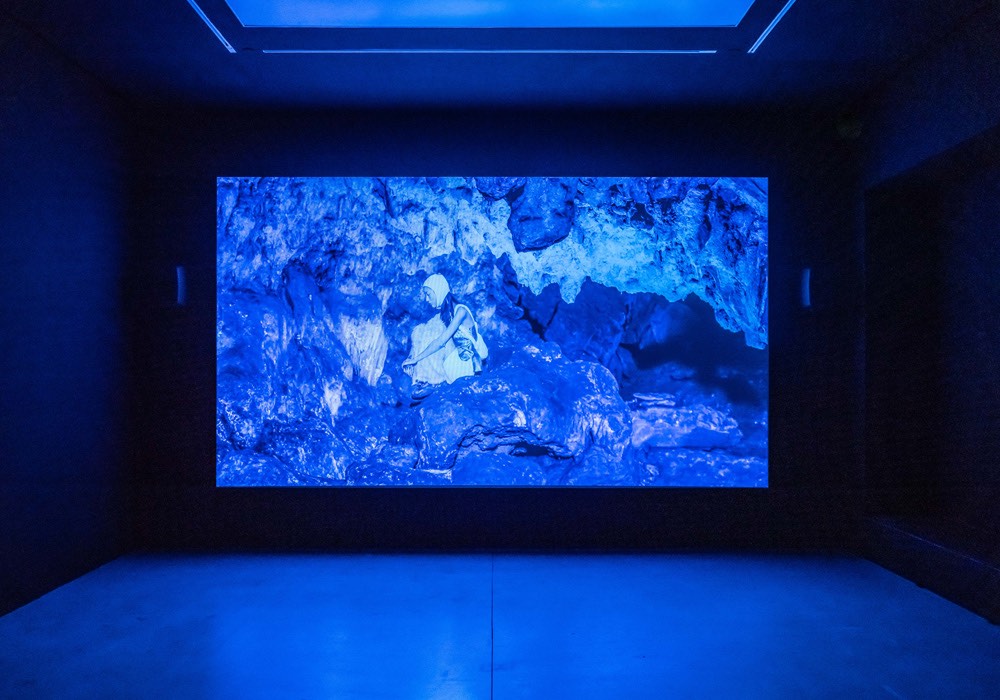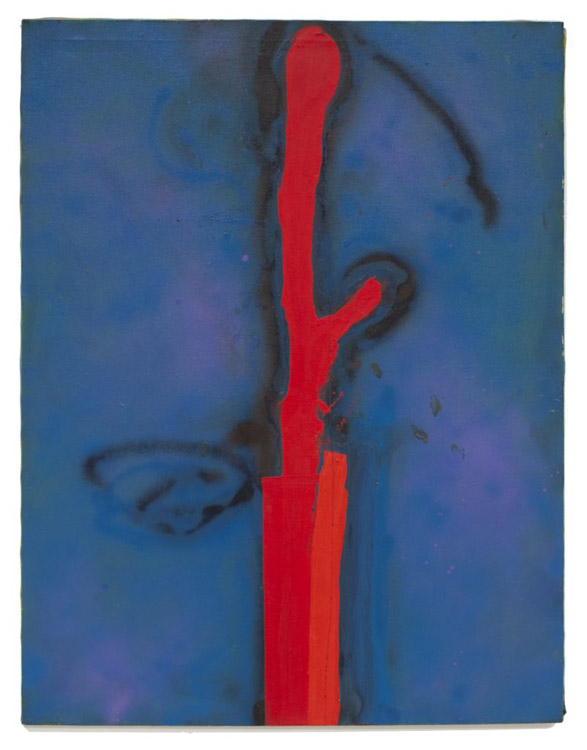CHARLES LONG – HUSBANDS SONS FATHERS BROTHERS
2018-07-23The four works which make up the exhibition were born within the circumference of the artist’s major installation, paradigm lost currently on view in the Hammer Museum’s Made in LA. If paradigm lost offers a place to contemplate a new paradigm amidst the aftermath of an imagined patriarchal apocalypse, husbands fathers
brothers sons presents the prologue—the paradigms of identities we still must contend with before they can be properly abolished and transcended. What these two distinct bodies of work do share is a relentless common denominator: a sole motif divined by Long from an anatomical cross-section of human male genital anatomy,
which also resembles a kind of ancient mask.
Each of Long’s four new works are presented in their own gallery and assigned one name from the four identities within husbands sons fathers brothers. Long explains that “the spark that lit the fuse came when I questioned not only the patriarchal order but also the need for any identity or relationship paradigms in my life and the world I relate to. I felt more comfortable with myself with every limiting label I dispensed with. While it was one thing to become aware of and question the unexamined hereto-normative, monogamous or other hegemonic ideologies I have previously acquiesced to, when it came to my biology I was up against the mystery of my physical and chemical self. I explored this physical specificity in drawings of the cross-section of the penis, which then revealed to me a face or mask that looked back at me with its own questions. Suddenly the new work spilled out from this tear in the fabric of my being with myriad images and forms of this open body.”
Opposite – fathers, 2018
Exhibition runs through to August 18th, 2018
Tanya Bonakdar Gallery
1010 North Highland Avenue
CA 90038 Los Angeles
USA
